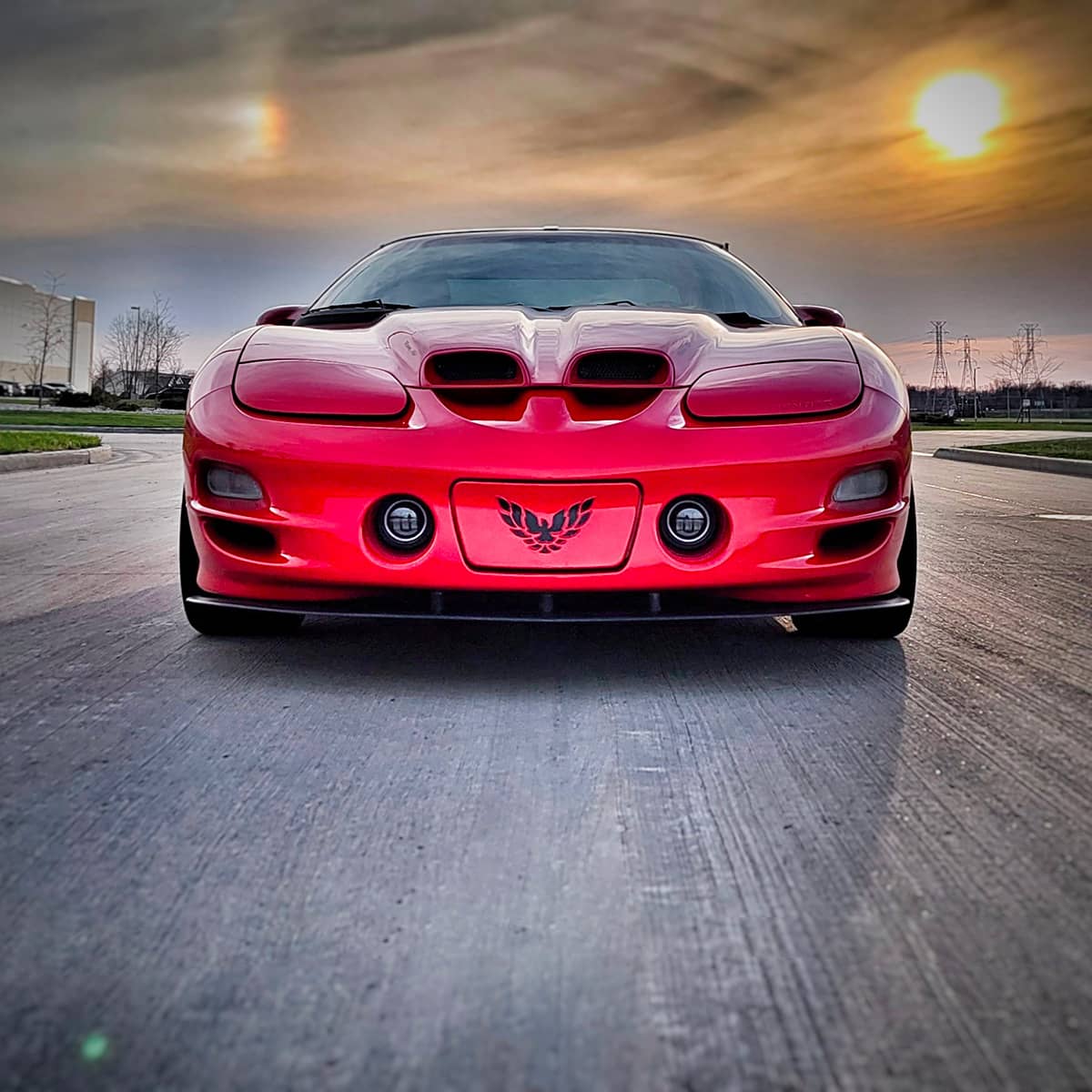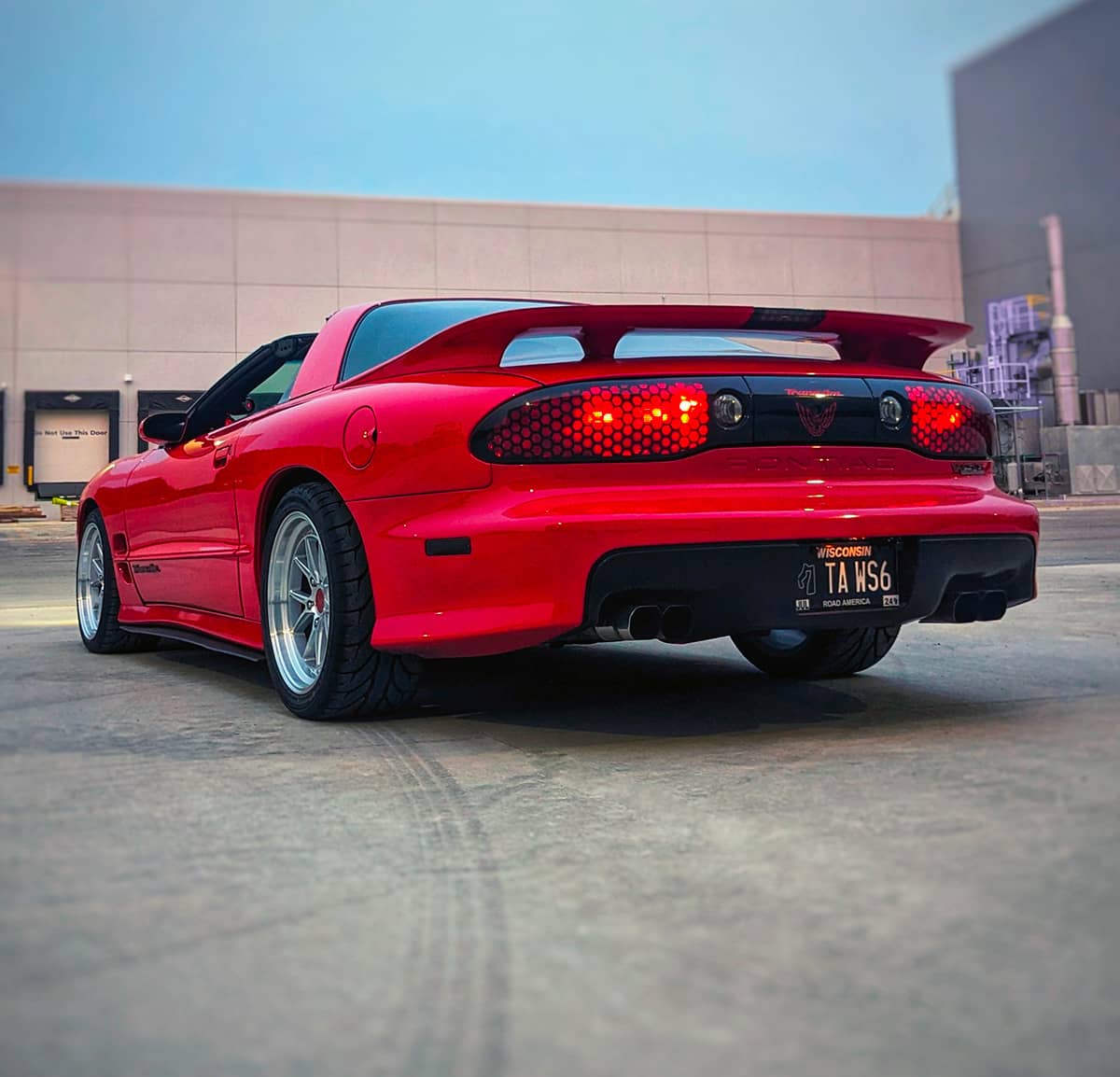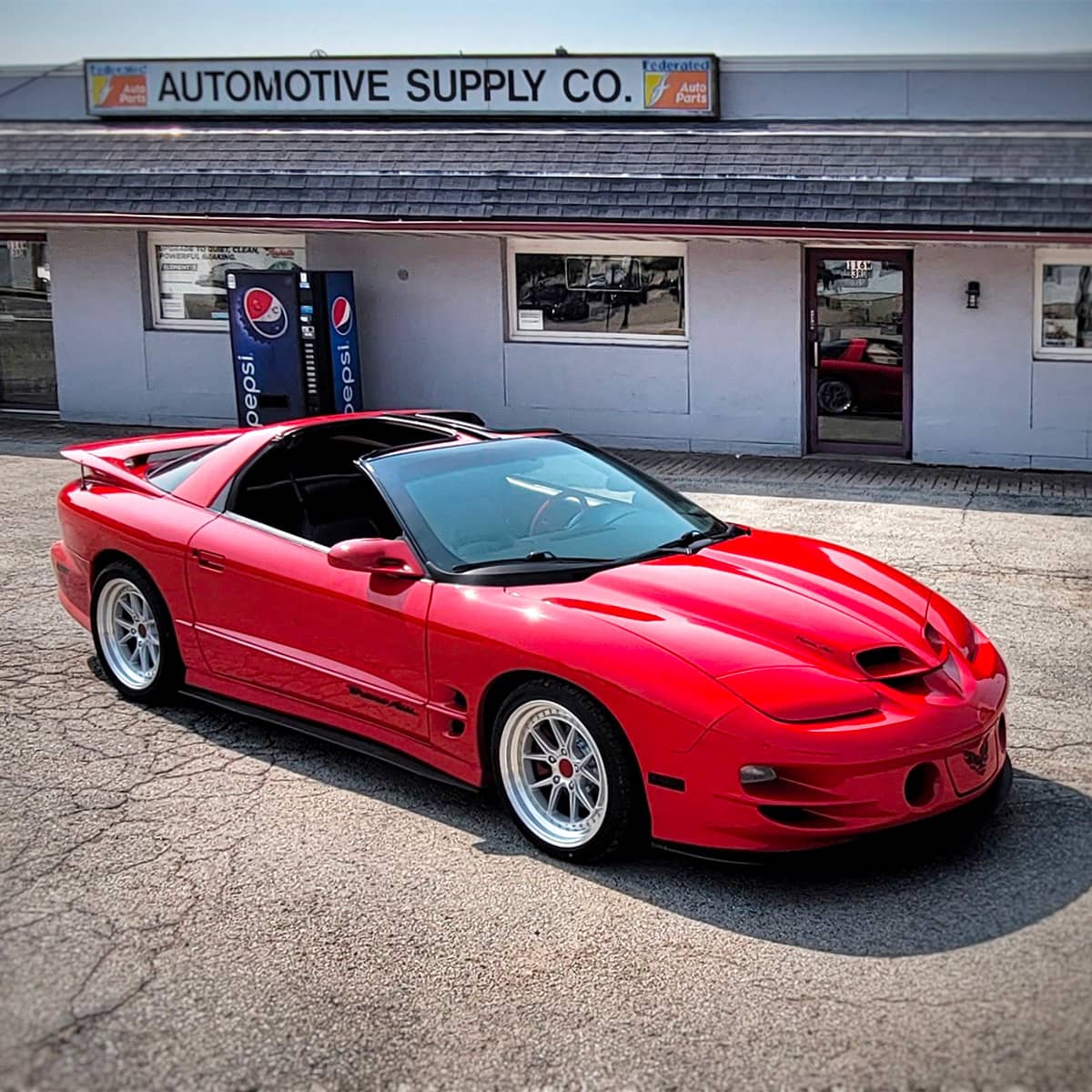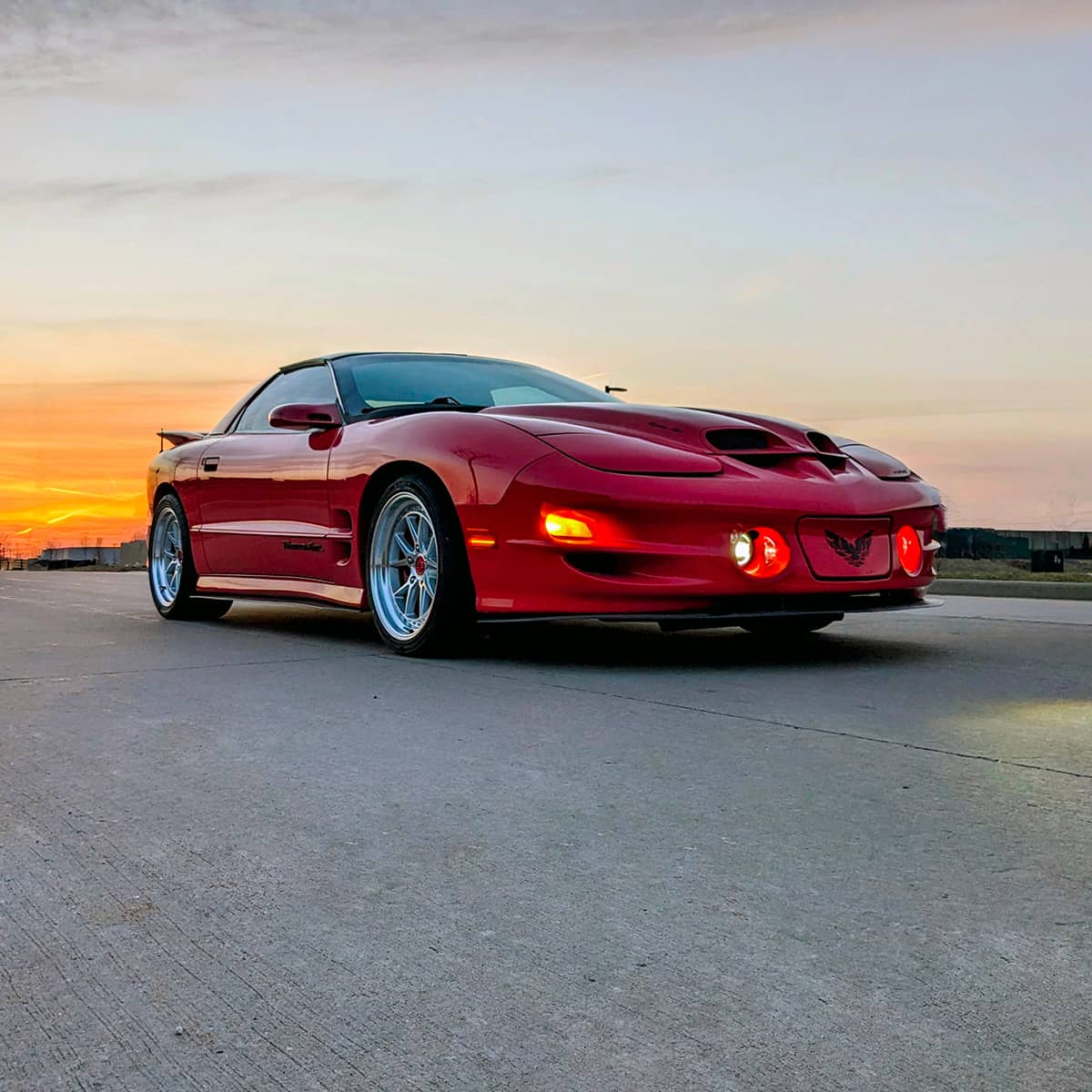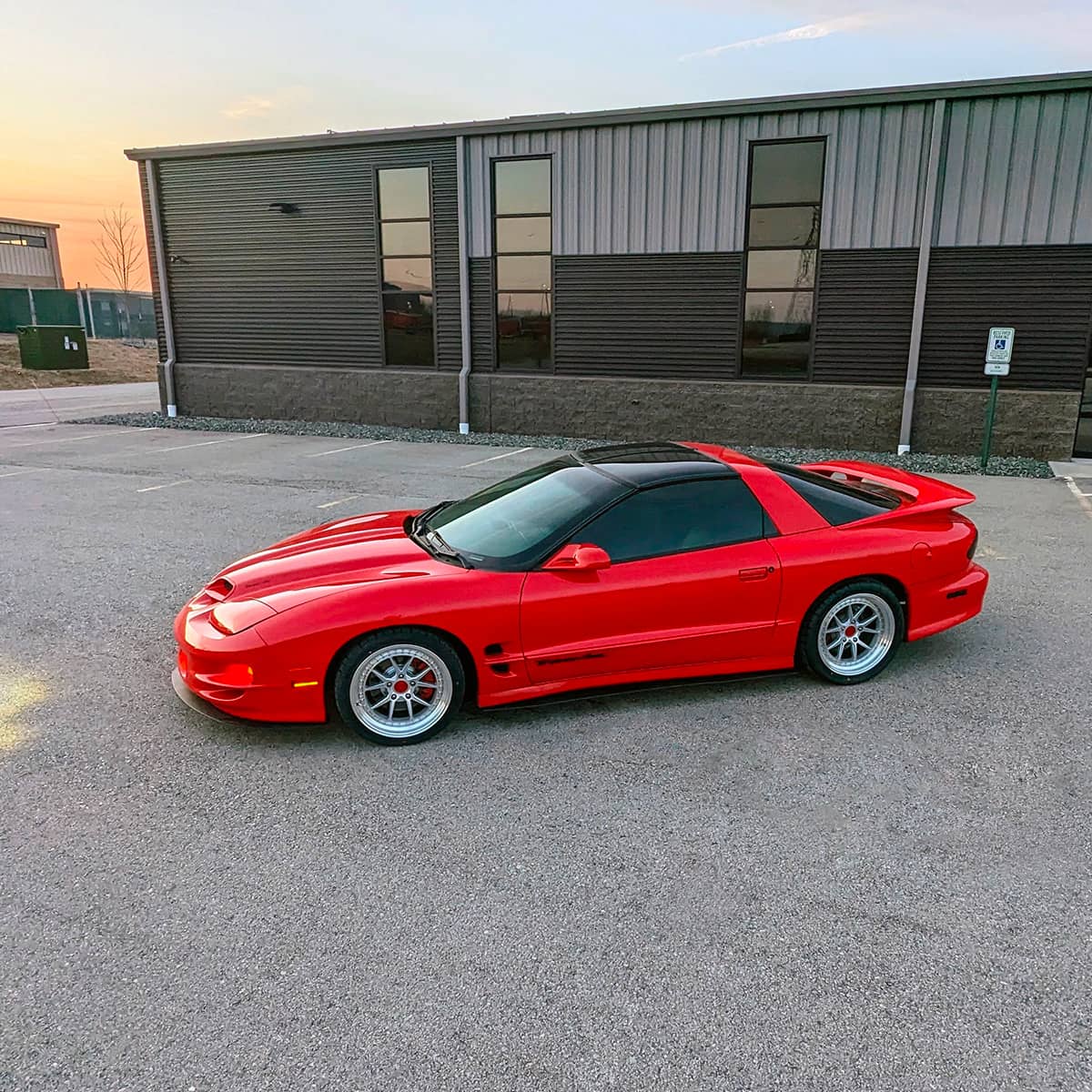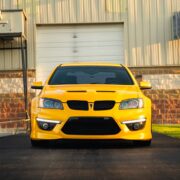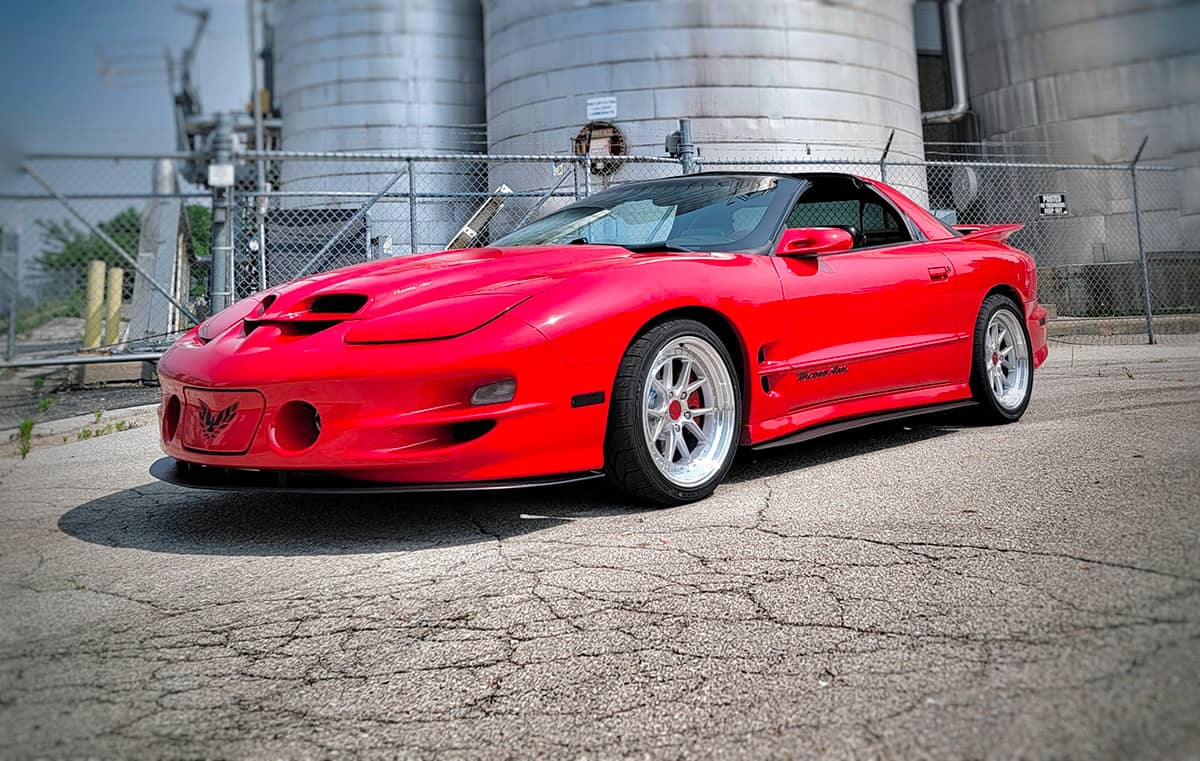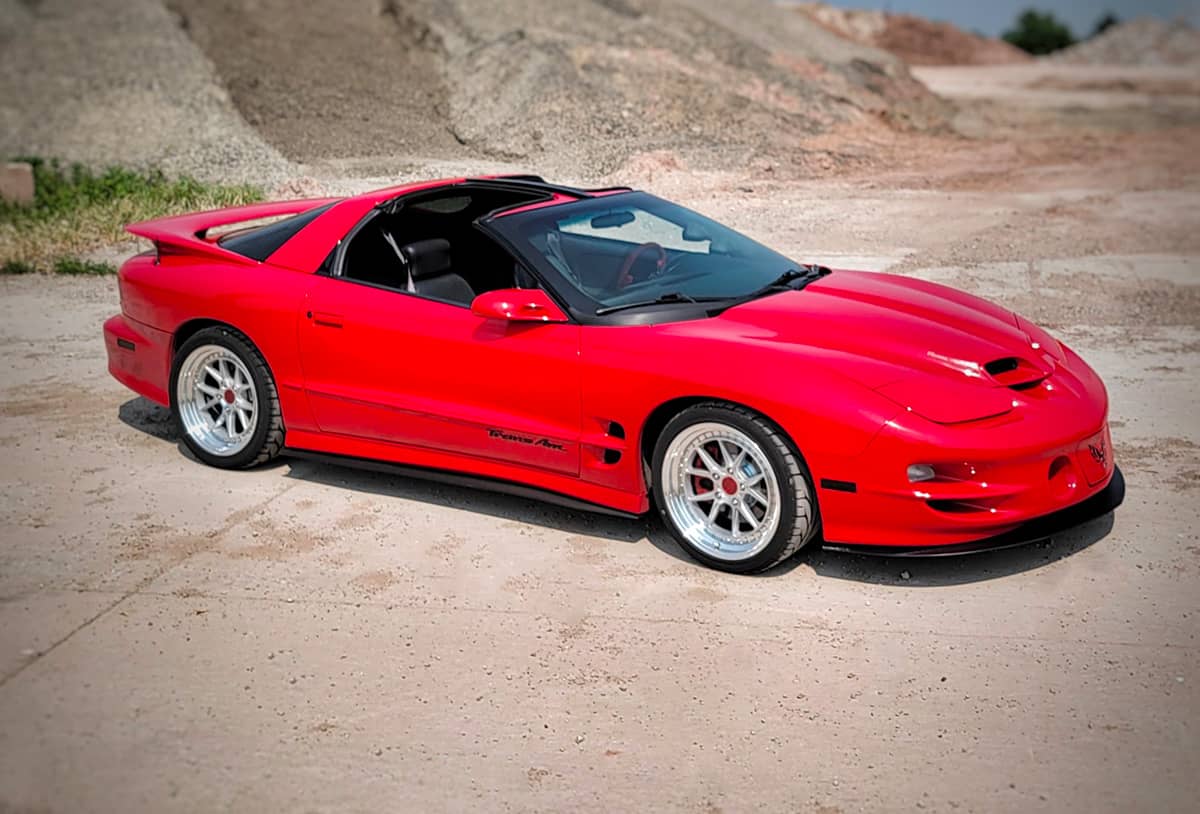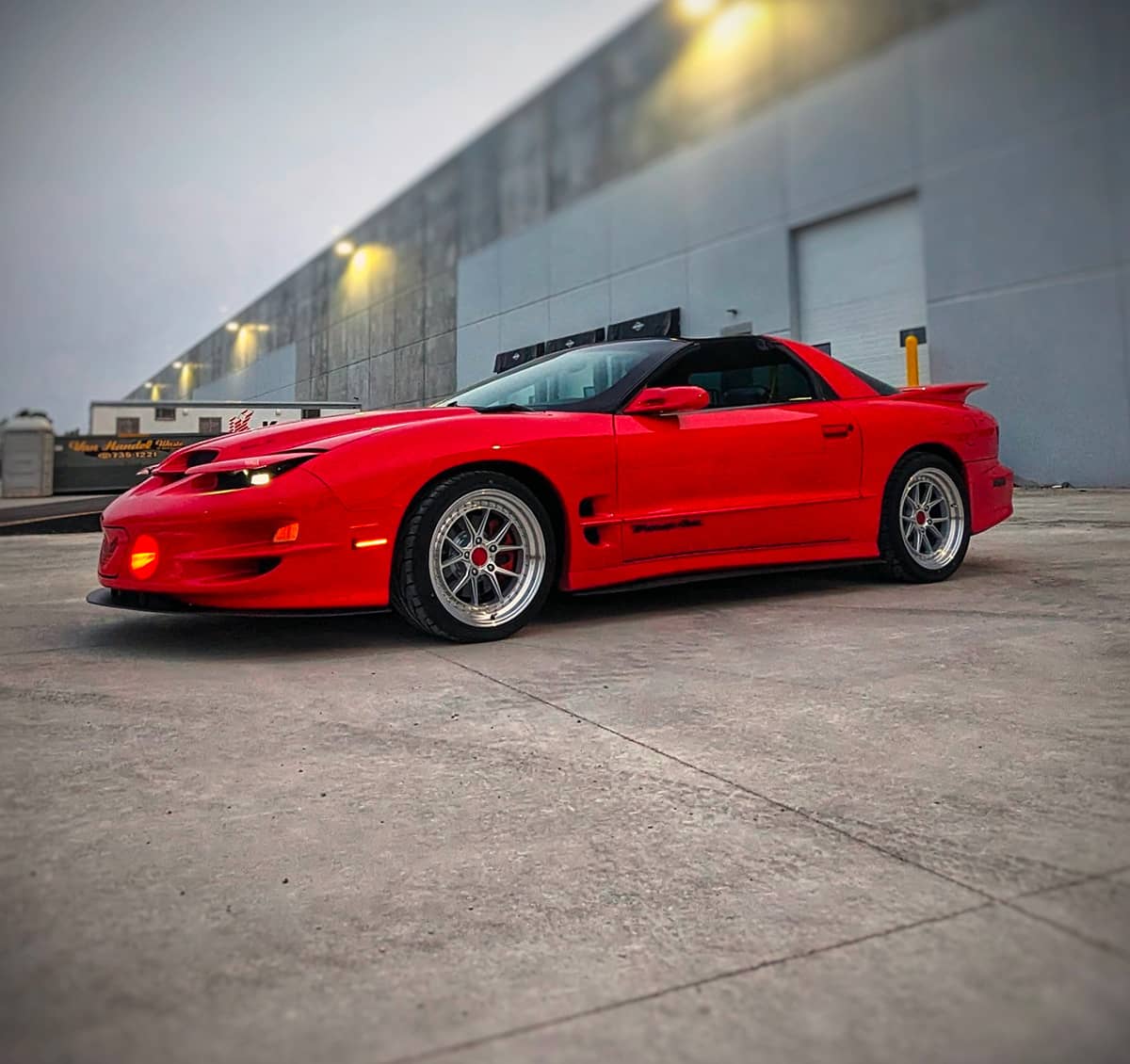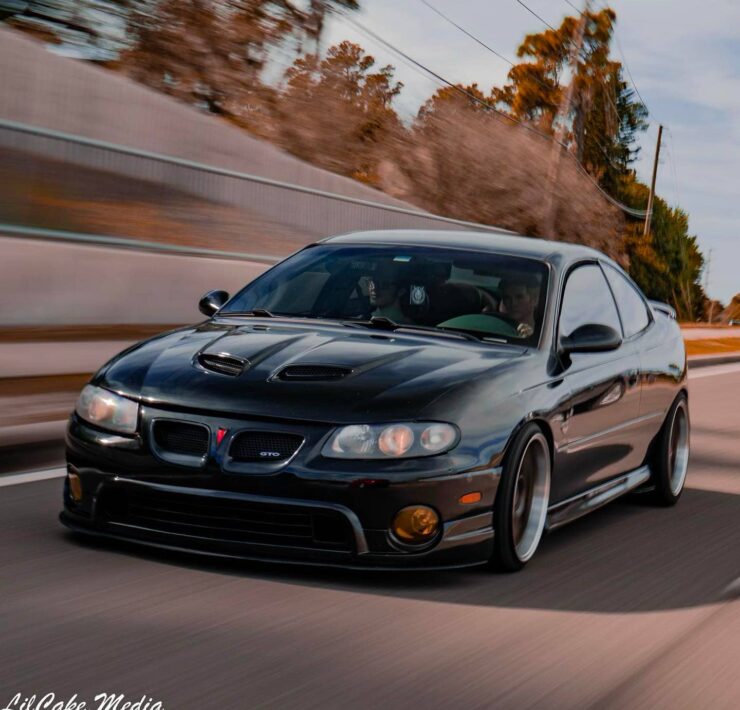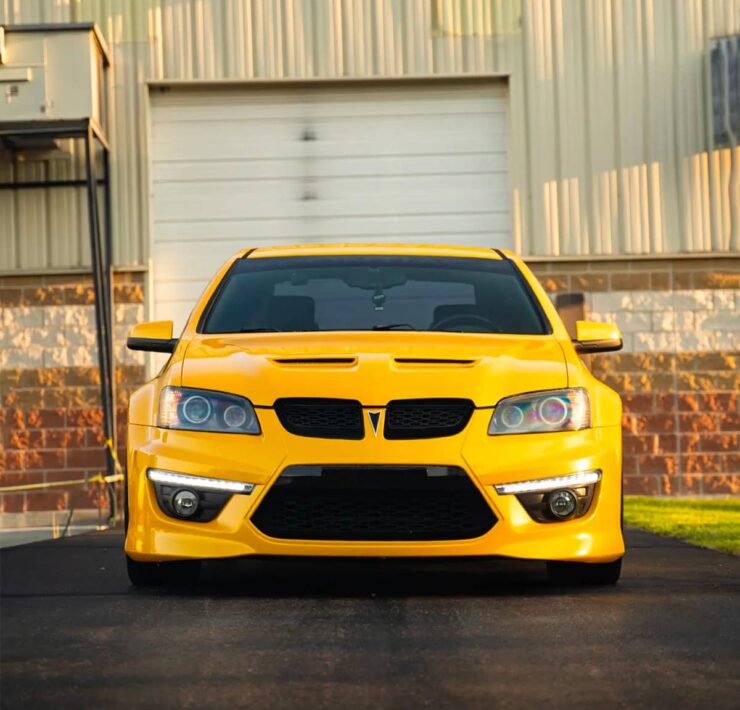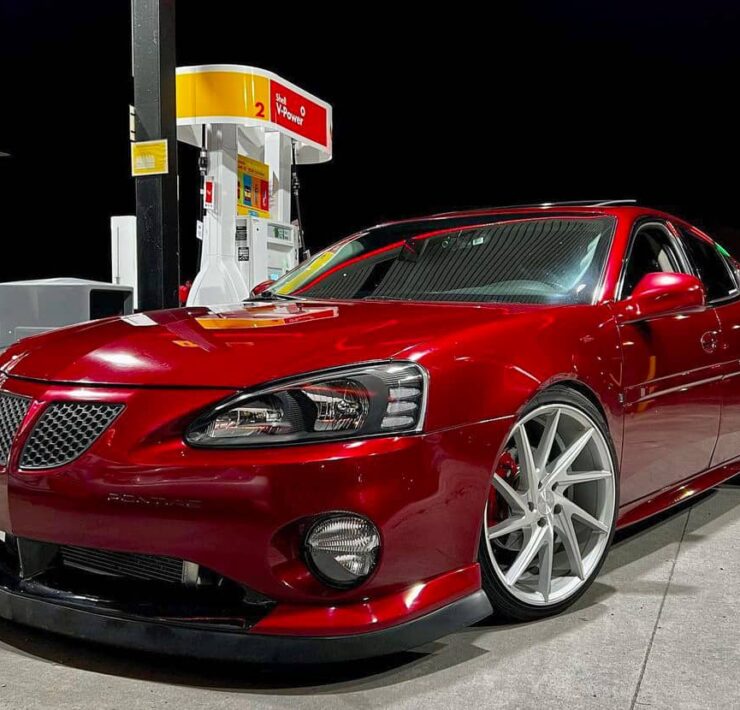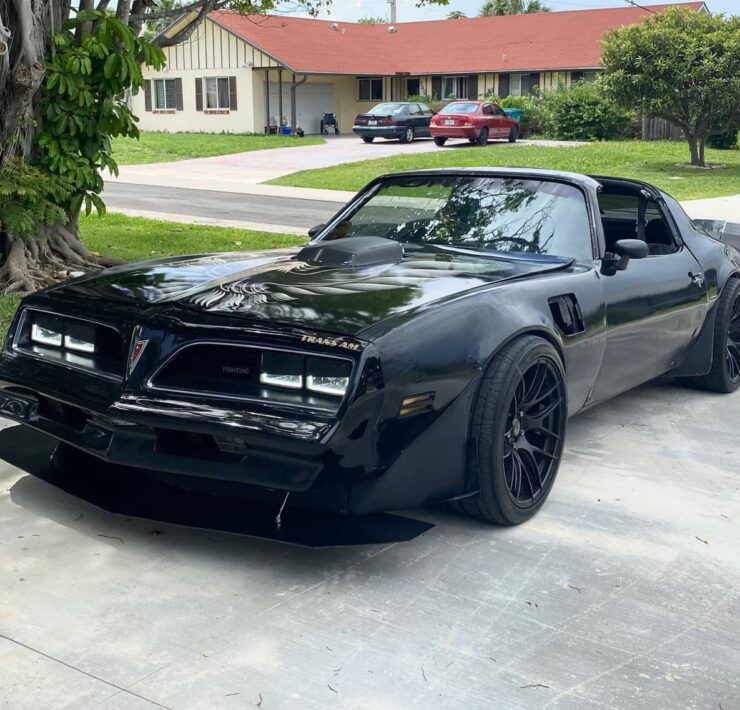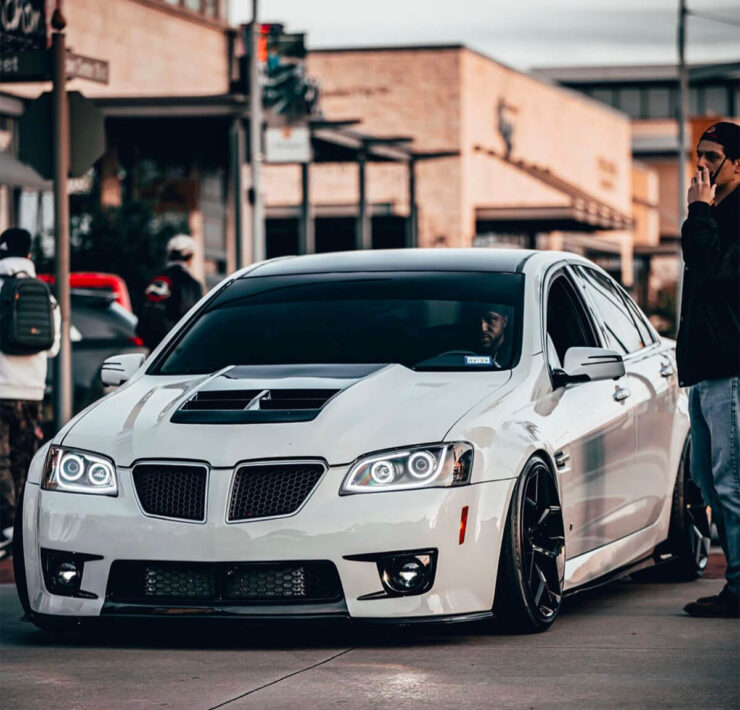The Perfect Pontiac Trans AM WS6 Build + All You Need To Know About It
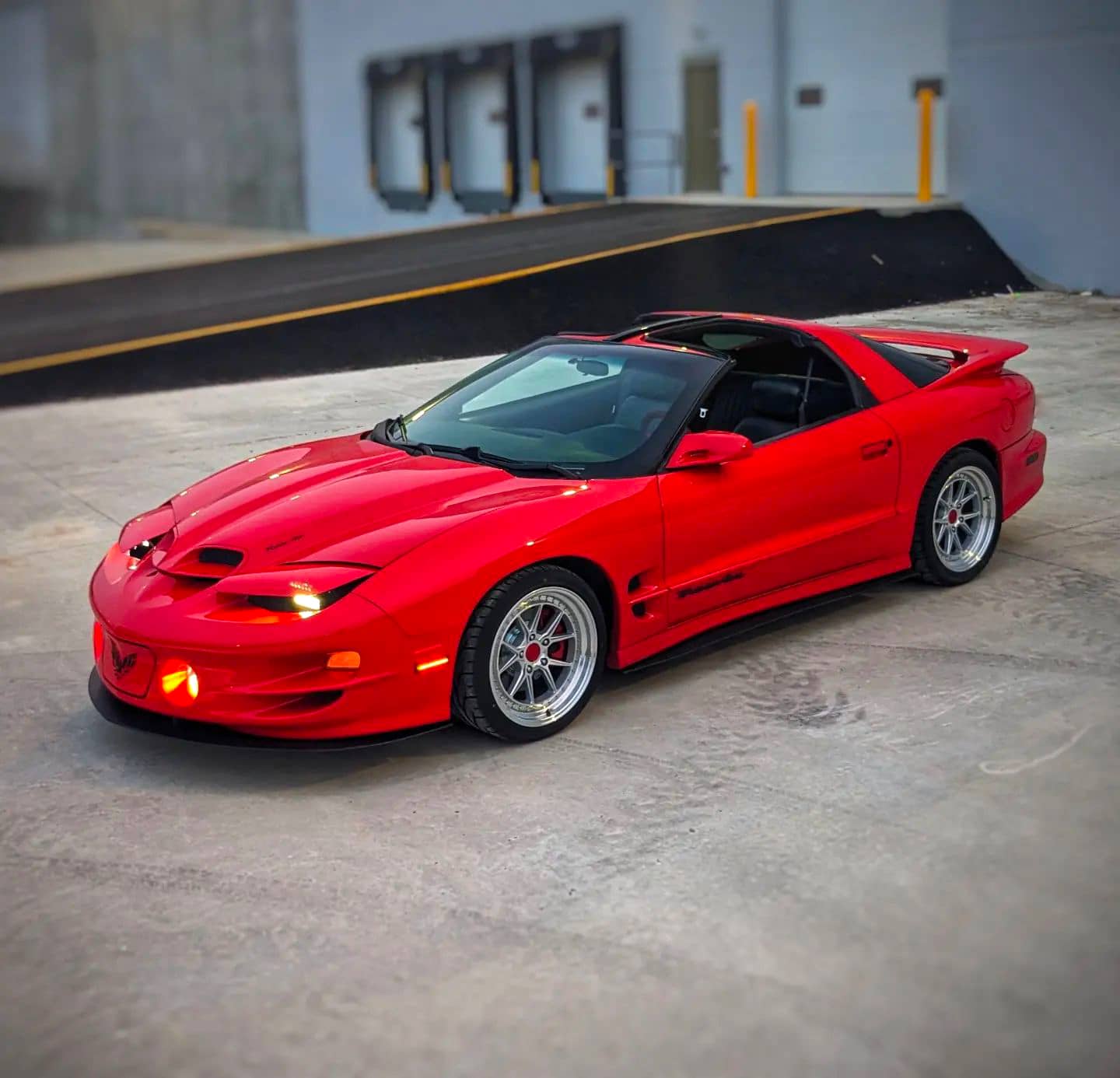
There’s a quality, a characteristic of American muscle cars that strikes a chord in the heart of every gearhead, a resonating harmony of power, performance, and style. Few cars exemplify this like the Pontiac Trans AM WS6. Arguably one of the last true American muscle cars to roll off the production line, the WS6 is an automobile that has left an indelible imprint in the muscle car culture. From its F-body styling reminiscent of the rebellious 70’s to its powerful LS1 V8 motor, this car boasts not just horsepower, but a rich heritage, a lineage that keeps enthusiasts hooked to this day.
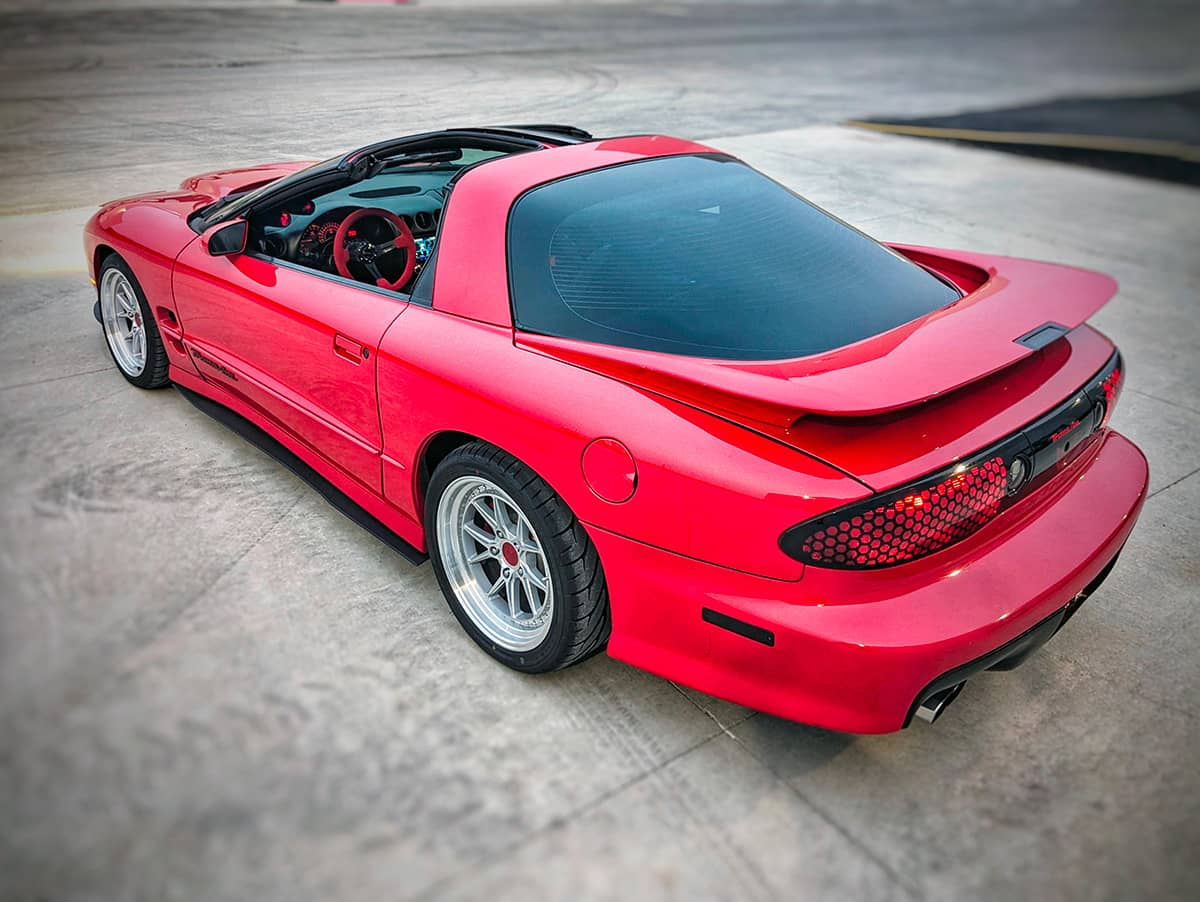
Though the Pontiac nameplate has been relegated to the history books, the Trans AM WS6 stands as a testament to the brand’s enduring allure, a symbol of when rubber met the road and revving engines filled the air. This car commands respect, not just for its pedigree, but for its potential. The LS1 engine, a marvel of American engineering, offers tuners an open canvas to release hidden performance gems, while its sleek targa top design begs for the open road and clear skies.
“Though the Pontiac nameplate has been relegated to the history books, the Trans AM WS6 stands as a testament to the brand’s enduring allure”.
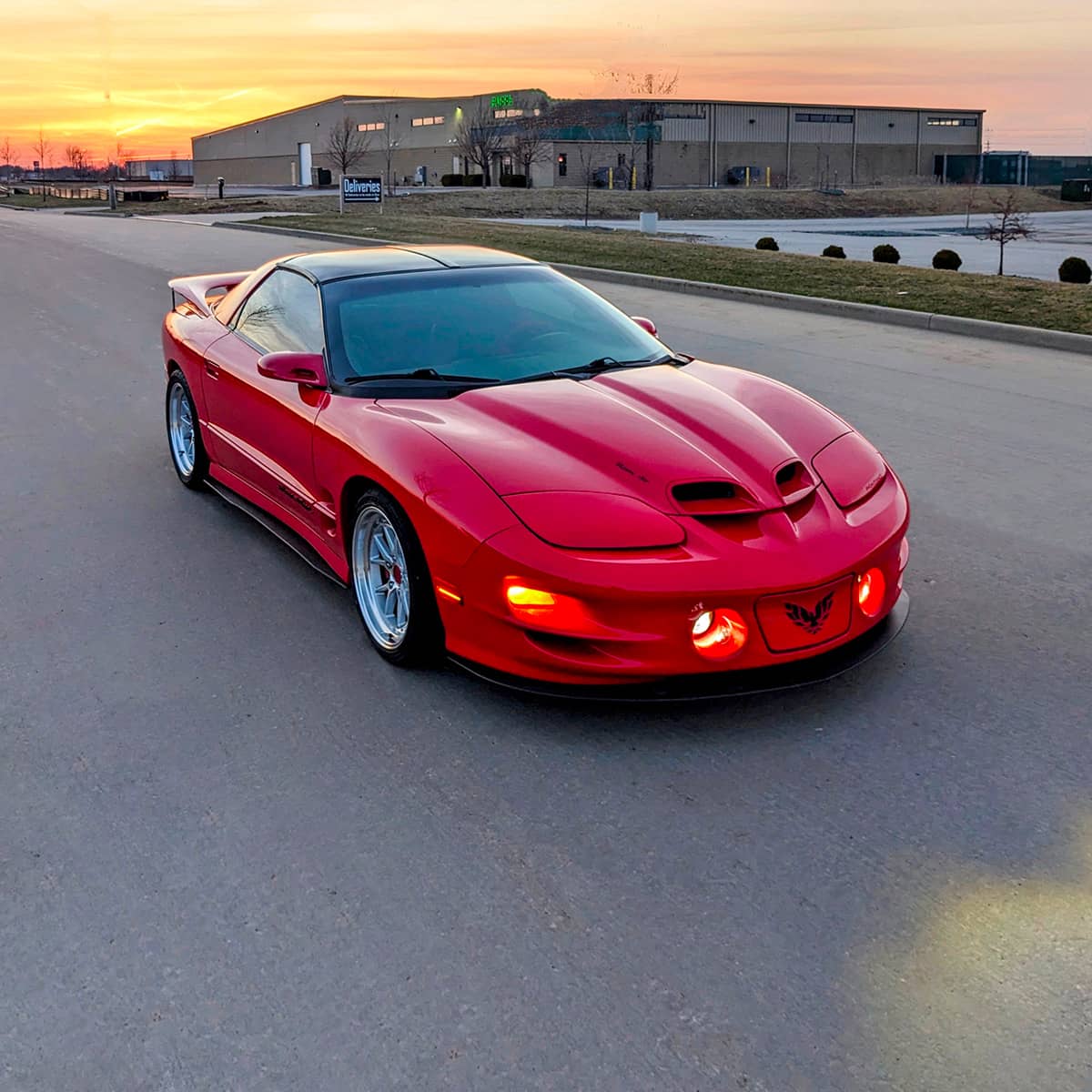
As the sun sets on an era of combustion and raw horsepower, the allure of the WS6 becomes even more potent. This is a car that reflects a bygone era, a time when the roar of a V8 wasn’t just music to the ears, but a siren’s call to the open road. It’s a magnet for fans of performance cars, muscle car enthusiasts, and tinkerers alike, a shining example of what American muscle represents.

About the Model
The Trans AM WS6 came to life in the late 90’s as a high-performance variant of the Firebird. This car was a rebel with a cause, a pure performance machine that aimed to outmuscle the competition. It featured an array of upgrades over the base model, including functional “Ram Air” hoods, stiffer suspension, and of course, the larger wheels. From its aggressive look to its sport-tuned mechanics, everything about the WS6 screamed performance.
“The Trans AM WS6 came to life in the late 90’s as a high-performance variant of the Firebird”.
What truly set the WS6 apart though was its heart – the revered LS1 engine. Boasting an output that dwarfed many of its contemporaries, the LS1 provided the WS6 with its ferocious performance. In an era where downsizing was becoming the norm, the WS6 stuck to its guns, providing power and performance in a distinctly American package.
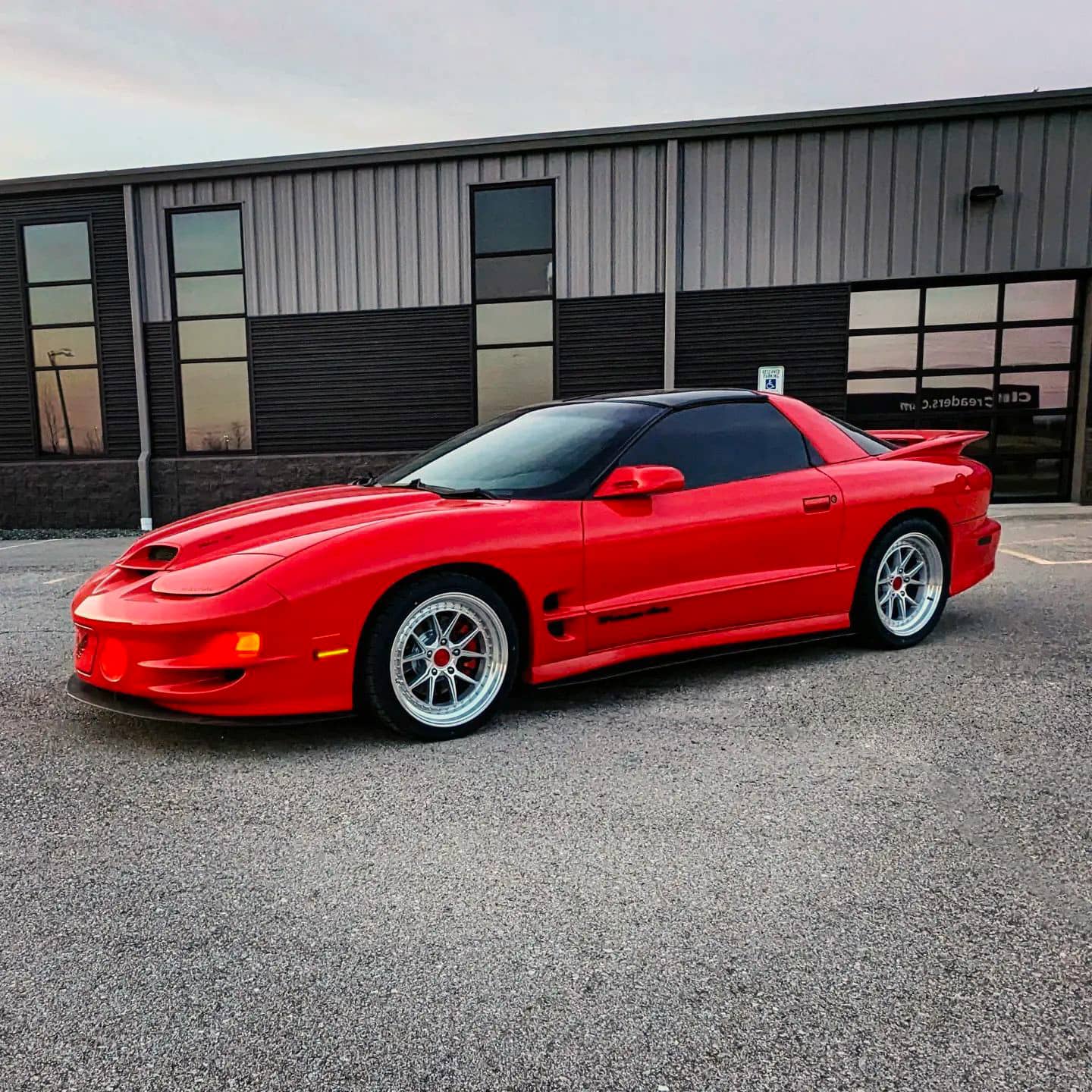
The Mighty LS1
The LS1 engine, a 5.7-liter V8 powerhouse, was introduced in the 1997 Corvette and was then brought into the F-body platform for the Firebird and the Camaro. Renowned for its high-revving capability and power output, the LS1 soon found favor with auto enthusiasts. Its bulletproof design and affordability made it an obvious choice for tuners looking to extract more performance from their rides.
“The LS1 engine, a 5.7-liter V8 powerhouse, was introduced in the 1997 Corvette and was then brought into the F-body platform for the Firebird and the Camaro”.
It’s no surprise then that David Miller, the owner of the feature WS6, chose to focus his efforts on the LS1. After all, the LS1 is the heart of the WS6, and what better way to add life to a beast than by boosting its heart?
Ram Air – a Breath of Fresh Power
The WS6 is perhaps best known for its “Ram Air” performance and handling package. This iconic feature channels air into the engine, increasing its power output. In essence, it’s like the car is taking a deep breath before it roars down the street. It’s a defining trait of the WS6, adding a distinctive flair to the car while boosting its performance.
“The WS6 is perhaps best known for its “Ram Air” performance and handling package”.
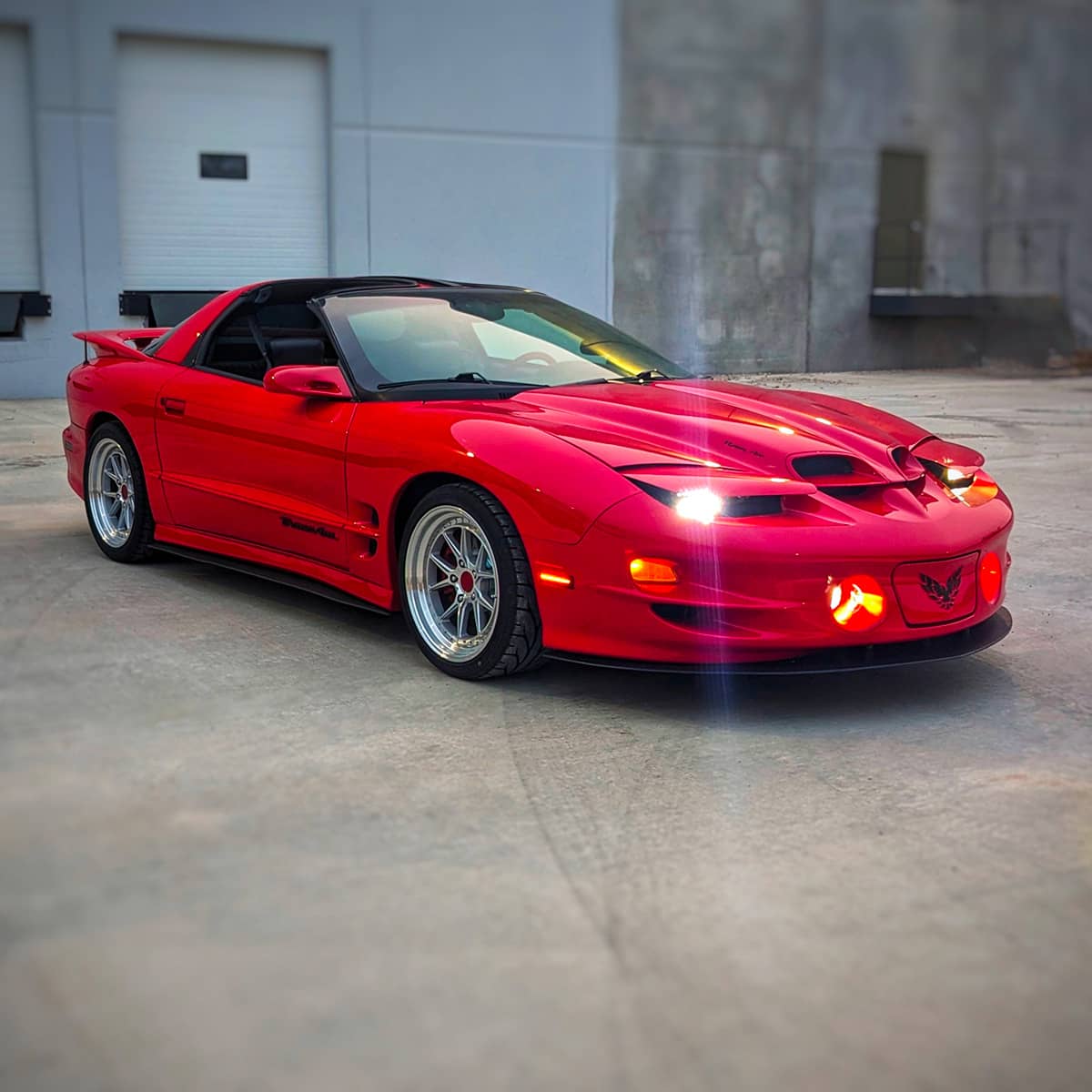
Production Numbers
Pontiac produced a limited number of WS6’s, contributing to their sought-after status today. The 2002 model year, the last year of production, saw a spike in numbers, likely due to fans wanting to get their hands on one last piece of muscle car history. Despite this increase, the 2002 Pontiac Trans AM WS6 remains a rare find, with production numbers adding to its allure.
The Build: David Miller’s 2002 Pontiac Trans AM WS6
The feature car in question is a red 2002 Pontiac Trans AM WS6. A deep dive into its specs reveals why this car is a force to be reckoned with.
Performance Mods
The car sports a basic LS1 top-end build, incorporating a comp cam, shaved heads, and ARP hardware. With an SLP lid, LT headers, and a Borla cat back with an electric cutout, the car dynoed at an impressive 389HP at the wheels.
Suspension & Wheels
The suspension upgrades enhance the car’s handling, a necessary modification given its power. This includes BMR springs, Koni Shocks, BMR lower control arms, a Panhard bar, LCA relocation brackets, and an S60 Rear end with 3.73 gears.
A set of Aodhan DS08 18×9.5 +35 wheels, wrapped in Kenda Kr20a tires, complete the look of this car, providing it the traction it needs to handle its increased power.
Exterior and Interior
Performance aside, aesthetics and comfort have not been ignored. Interior modifications include a Villante steering wheel with an NRG carbon fiber quick release hub, a Jensen double din head unit, an AEM wideband tachometer on pillar pods, and a custom WS6 3d printed shifter. The exterior sports Magg Performance front and rear splitters, CETA mod sleepy eye LED headlights, and LED help fogs.
Specs & Mods: 2002 Pontiac Trans AM WS6
Performance
- Basic LS1 top end build
- Comp cam
- Shaved heads
- ARP hardwear
- SLP lid
- LT headers
- Borla cat back with electric cutout
- Dynoed 389HP to the wheels
Suspension
- BMR springs
- Koni Shocks
- BMR lower control arms
- Panhard bar
- LCA relocation brackets
- S60 Rear end with 3.73 gears
- Small trans build with a 2500 stall
- Upgraded Valve Body and shift kit (It has line lock)
Interior
- Villante steering wheel with NRG carbon fiber quick release hub
- Jensen double din head unit
- AEM wideband tachometer on pillar pods
- Custom WS6 3d printed shifter
Exterior
- Magg Performance Front and Rear splitters
- CETA mod sleepy eye LED headlights
- LED help fogs
Wheels
- Aodhan DS08 18×9.5 +35 wheels
- Kenda Kr20a tires
Conclusion
David’s WS6 is a perfect embodiment of what the Pontiac Trans AM WS6 represents. It’s a testament to the enduring appeal of the American muscle car, a symbol of performance, power, and style. As the sun sets on an era, the roar of the WS6 reminds us of a time when power and performance were celebrated, a time when muscle cars ruled the roads.
Technical Specifications of 2002 Pontiac Trans AM WS6
| Aspect | Specifications |
|---|---|
| Engine | 5.7L LS1 V8 |
| Power | 325hp @ 5,200 rpm (Stock) |
| Torque | 350 lb-ft @ 4,000 rpm (Stock) |
| Transmission | 4-speed automatic/6-speed manual |
| 0-60 mph | 5.2 seconds (Stock) |
| Top Speed | 160 mph (Stock) |
| Weight | 3,450 lbs (Stock) |
FAQ
Q: How much horsepower does a stock Pontiac Trans AM WS6 have?
A: A stock Pontiac Trans AM WS6, fitted with the LS1 engine, produced around 325hp at 5,200 rpm.
Q: What does WS6 stand for in the Trans AM WS6?
A: WS6 is the RPO code for a specific performance package available for the Trans AM, which included upgrades to the engine, suspension, and tires, as well as a functional ram-air hood.
Q: How many Pontiac Trans AM WS6 were produced?
A: Production numbers varied each year. However, in the last production year (2002), approximately 13,000 units were produced.
Q: What years was the Pontiac Trans AM WS6 produced?
A: The WS6 performance package was first available for the Trans AM in 1978. However, the last generation of the Trans AM WS6 (with the LS1 engine) was produced from 1996 to 2002.
Watch the progress and find out more about this Pontiac Trans AM WS6 project by visiting the Instagram profile of the owner: @imadrone2!
Stay tuned for more project reviews on MuscleCarDNA.com – Follow us on social media, and share this write-up if you enjoyed reading it!
Automotive journalist and technical writer with more than 10 years of experience. Specialized in aftermarket parts and performance modifications. Loves everything on four wheels and obsessed with modified muscle cars, both classic and modern.

